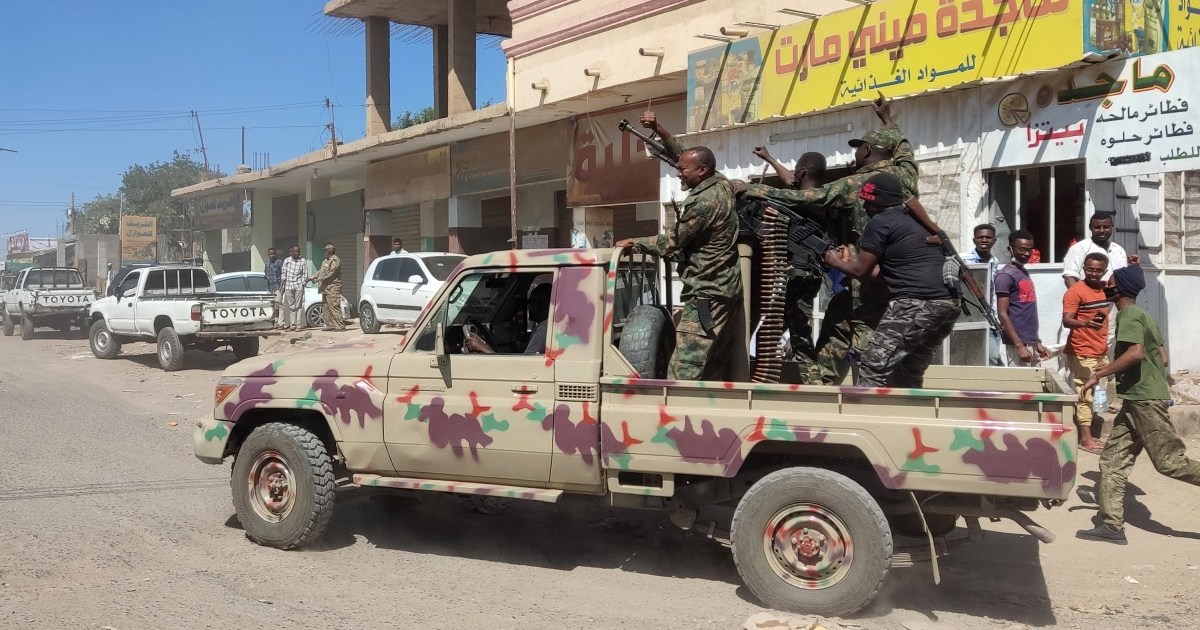
The head of the World Health Organization (WHO) said only expanding land crossings for aid deliveries to Gaza could help prevent famine in the densely populated Palestinian enclave.
“Recent efforts to deliver food by air and sea are welcome, but only expanding land crossings will enable large-scale deliveries to prevent famine,” WHO Director-General Tedros Adhanom Ghebreyesus said on Thursday.
Children are dying as a result of malnutrition and disease, as well as a lack of water and sanitation, Tedros said.
“The future of an entire generation is in serious danger,” he said. “We once again call on Israel to open more border crossings and accelerate the entry and delivery of water, food, medical supplies and other humanitarian assistance into and within the Gaza Strip.”
Countries including Jordan and the United States have airdropped aid along the coast of the besieged Gaza Strip, but the method has proven costly and ineffective.
Several people were killed After a parachute carrying supplies failed to open and a pallet fell into a crowd waiting for food north of Shati refugee camp in Gaza City.
Meanwhile, Israel continues to block most aid trucks from entering the Gaza Strip by land. Since its offensive began on October 7, Israel has blocked the entry of food, water, medicine and other basic supplies, except for a tiny aid shipment entering the south from Egypt at the Rafah border crossing and Israel’s Karem Abu Salem (from Kerem Shalom called). Crossing Israel.
Aid groups and health authorities in Gaza have warned that this is far from enough to meet the needs of nearly 2.3 million people in the enclave, particularly in northern Gaza, where UN chief Philippe Lazzarini says famine is looming. threaten” is the United Nations Relief and Works Agency for Palestine Refugees (UNRWA).
Famine is likely to occur in northern Gaza by May and could spread across the entire enclave by July, the global famine monitoring agency, known as the Integrated Food-Security Phase Classification (IPC), said earlier this week.
Tedros said WHO requests to deliver supplies to the enclave were often blocked or rejected.
“On the Brink of Death”
According to the IPC, 70 percent of people in parts of northern Gaza suffered the worst food shortages, more than three times the 20 percent threshold that is considered famine. In total, 1.1 million Palestinians in Gaza, about half the population, suffered from “catastrophic” food shortages.
Tedros expressed concern about the situation earlier this month, saying children were starving in northern Gaza, citing a WHO team that had visited two hospitals.
Dr. Margaret Harris, a WHO spokeswoman, said on Tuesday that more and more children in Gaza were on the “brink of death” from acute hunger.
The comments came as talks over an indirect ceasefire continue and as Israel prepares for a ground offensive on the southern city of Rafah, where more than a million displaced Palestinians are seeking refuge in crowded camps.
US Secretary of State Antony Blinken was meet On Thursday they met with Arab foreign ministers in Cairo, hoping to reach a ceasefire between Israel and Hamas.
The Health Ministry in Gaza said Israeli air and ground strikes killed at least 31,988 people and injured 74,188 others, including many women and children.
According to UNRWA, as of March 16, up to 1.7 million people, or more than 75 percent of the population, had been displaced since October 7, some of them multiple times.
More than 60 percent of the residential units were destroyed, as well as 392 educational institutions, 123 ambulances and 184 mosques, it said.
Gaza’s health system has virtually collapsed due to a lack of fuel to run generators as well as a severe lack of medical supplies due to Israeli restrictions. Israel targeted several health facilities during its assault, including Al-Shifa Hospital, Gaza’s largest medical facility.
On at least four occasions, Israeli forces have raided al-Shifa Hospital, arresting, killing and besieging medical staff, patients and displaced families sheltering there.
UNRWA said last month that only 12 hospitals remained partially functioning in Gaza and that more than 300,000 cases of acute respiratory infections and more than 200,000 cases of watery diarrhea had been reported.
Satellite images analyzed by the UN Satellite Center show that 35 percent of buildings in the Gaza Strip were destroyed or damaged in the Israeli offensive, the center said on Thursday.






Recent Comments